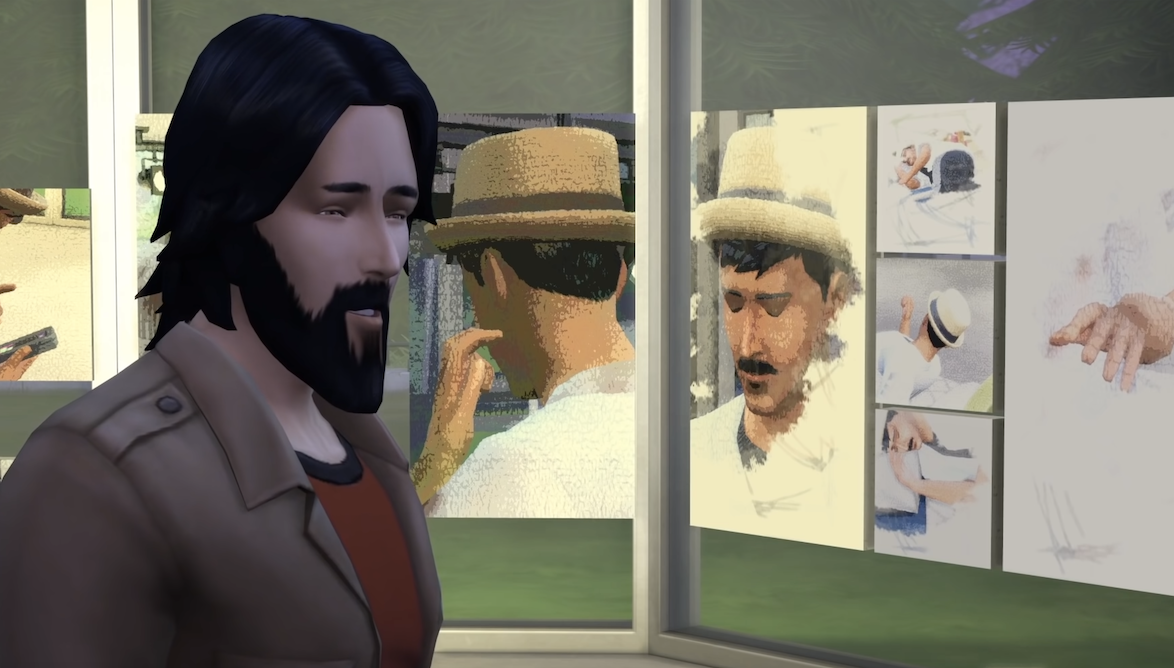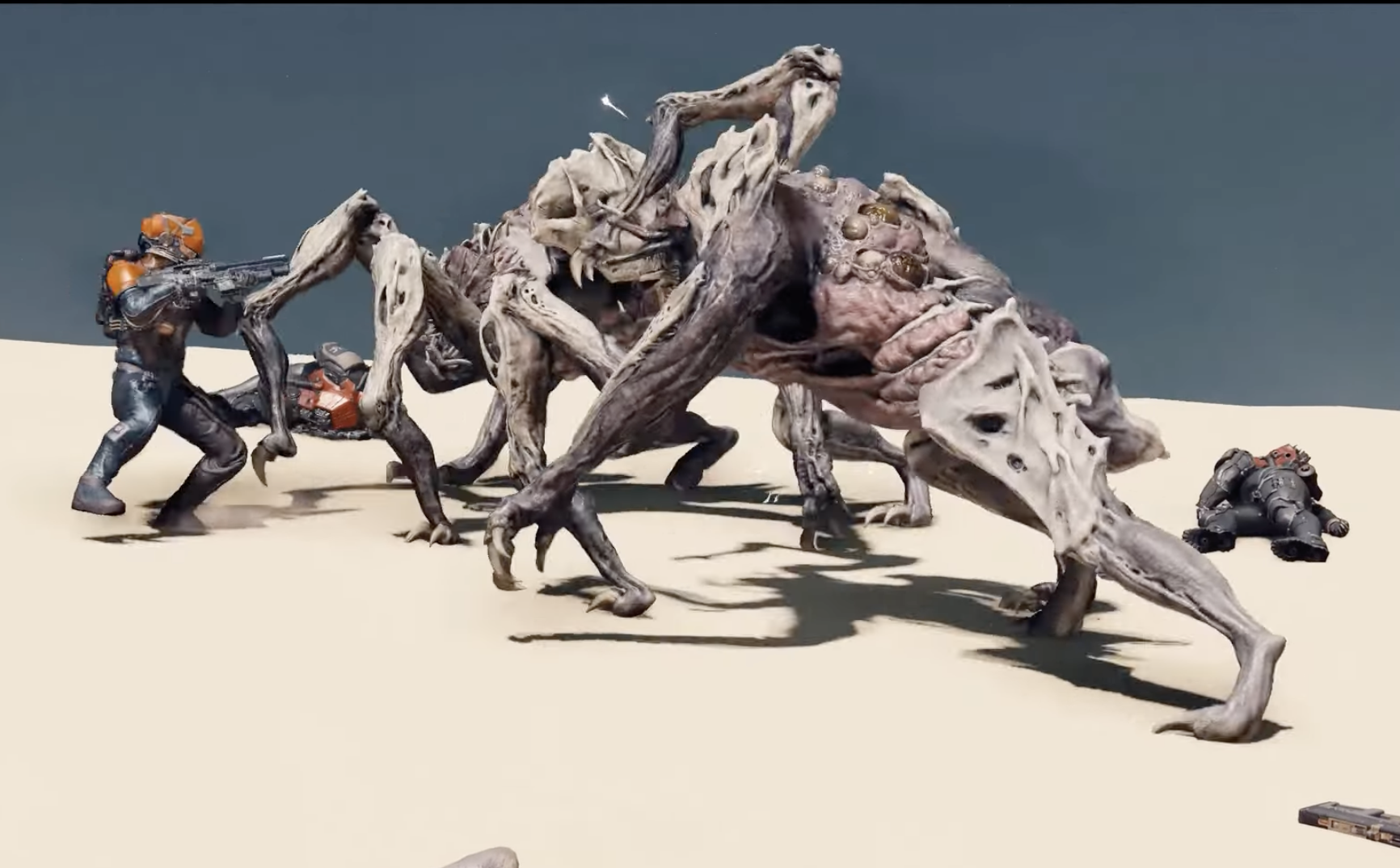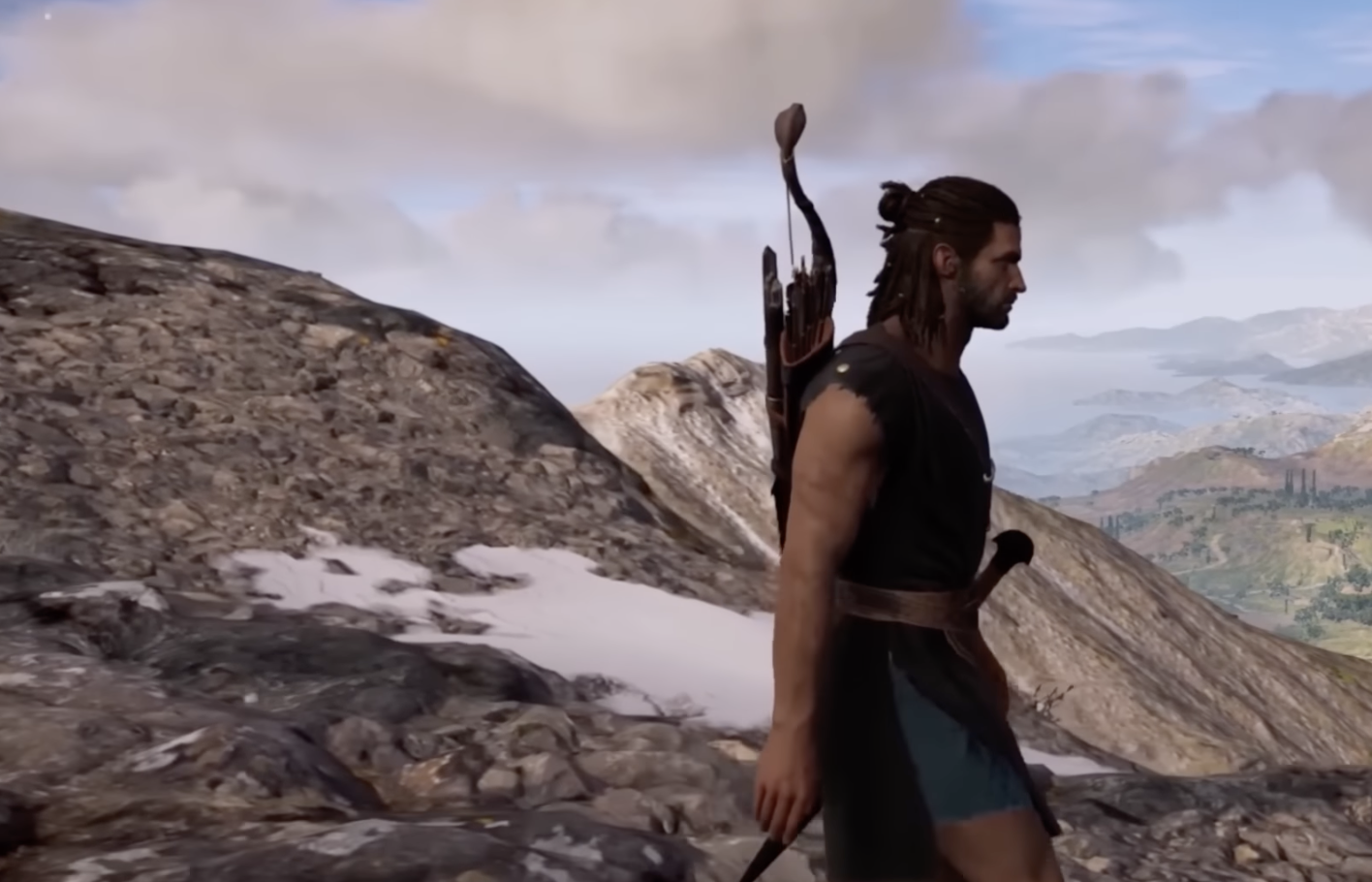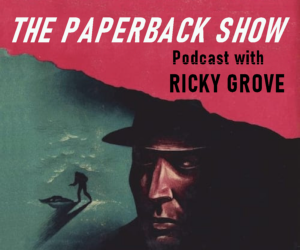S4 E107 Epic Battles: Northern Wars | Oryctes (Dec 2023)

This week’s film picks are of epic battle scenes: one made in Warhammer and the other Unreal Engine. There are similarities and contrasts between these two works, respectively created by a gamer, Game Thumb, and a CG production team, Glow Productions – and that also includes the opinions of the CM crew reviewing the works! What’s your view, please do add you comments on our YT review or ep blog post. The ep begins with an update on Ricky’s take on the SAG AFTRA deal for his Army of Darkness characterisations.
YouTube Version of This Episode
Show Notes & Links
Northern Wars – Total War Warhammer 2 Cinematic Battle Machinima, by Gamethumb, and was released on 10 August 2019
video set to music by Danheim
Oryctes by Glow Productions, released 25 October 2023








Recent Comments